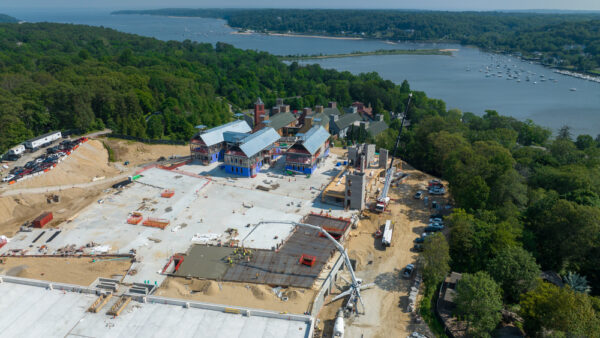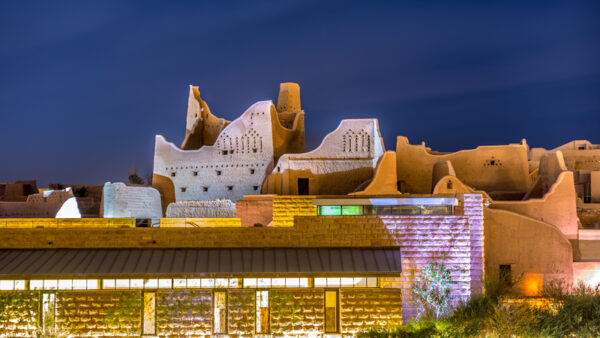A group of Australian scientists has created a way of printing a photovoltaic layer onto plastic as a cheap and convenient way of generating electricity from a variety of everyday objects.
The technology has been developed over the past seven years by the Victorian Organic Solar Cell Consortium, which is made up of researchers at the Commonwealth Scientific and Industrial Research Organisation (CSIRO), the University of Melbourne and Monash University.
The system works by depositing “solar ink” onto a base layer. Fiona Scholes, CSIRO’s senior research scientist, said the cells could be used on the covers of tablet computers, laptop bags and the cases of smart phones to provide a trickle charge. They could also be used to cover a building with semi-transparent panels.

Scholes added that the technique was “very cheap” and close to being commercially available. However, it is also 10 times less efficient than a conventional solar panel.
She said: “We need to develop solar inks to generate more energy from sunlight. We are confident we can push the technology further in the years to come.”
The team is also working on developing a solar spray coating.
CSIRO have previously used solar energy to generate the hottest “supercritical” steam ever achieved without fossil fuels.
Images via CSIRO
Comments
Comments are closed.







This worldwide ever expanding electronics revolution requires mobile and easy to use sources of inexpensive electrical power to enhance both the usage and viability of all the such aids now, ever increasingly, in use especially when batteries are forever having to be recharged! As for existing buildings and yet to be constructed ones – surely the way to go is to retro-fit and to construct to make them as far as possible naturally electricity self-generating by whatever means possible! When combined with already well established built-in energy conservation measures – then the full amenity potential of our buildings would be fully realised!!